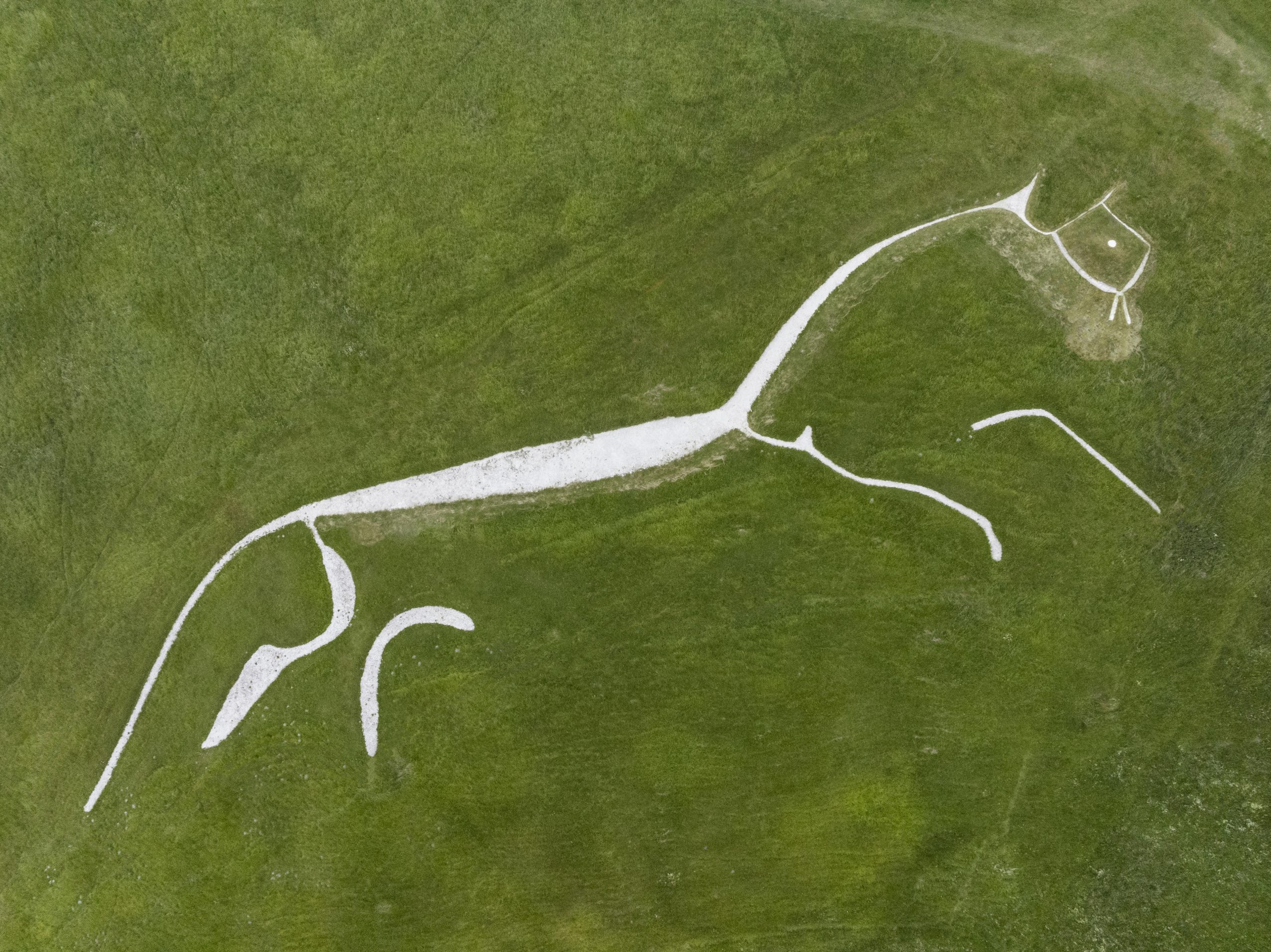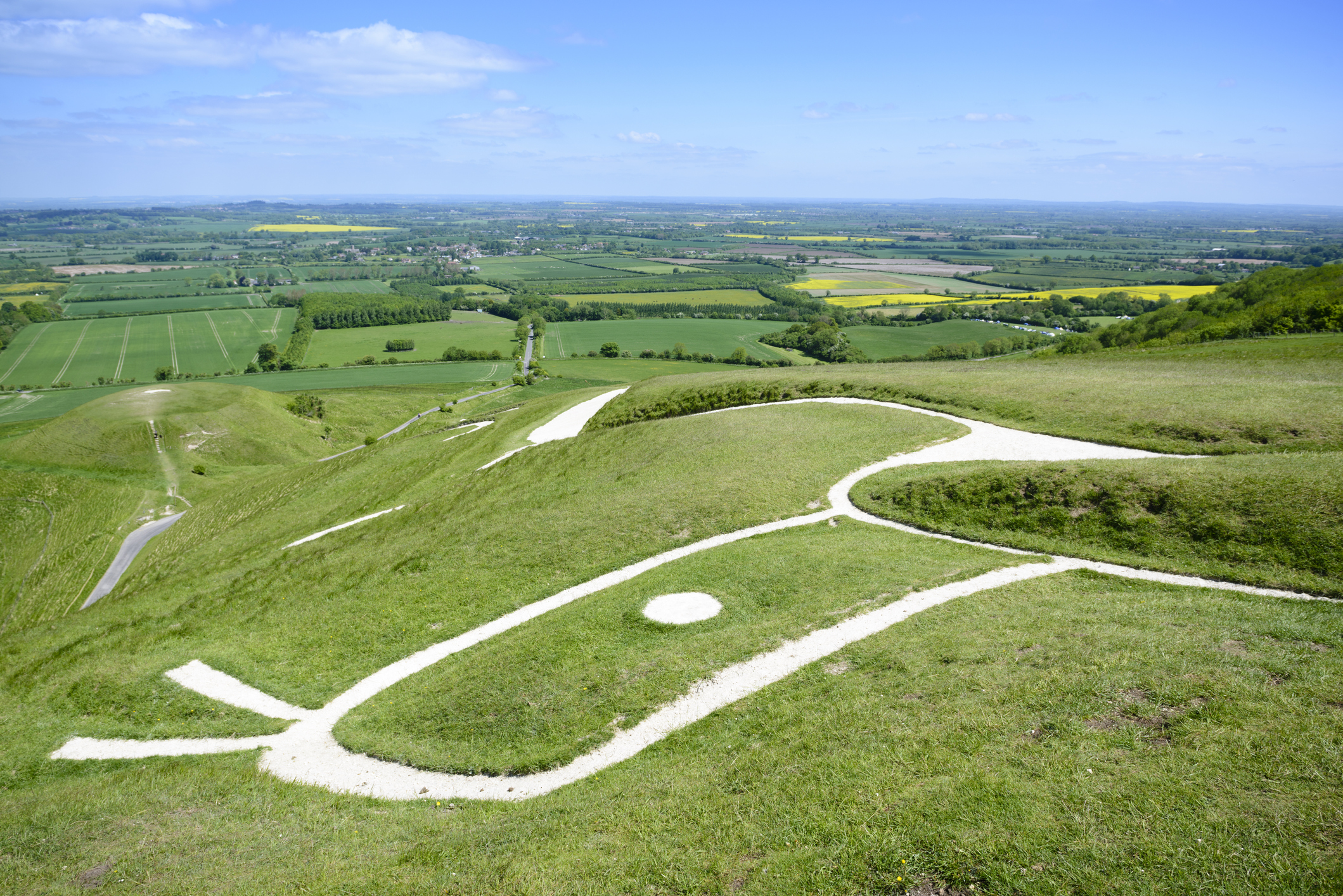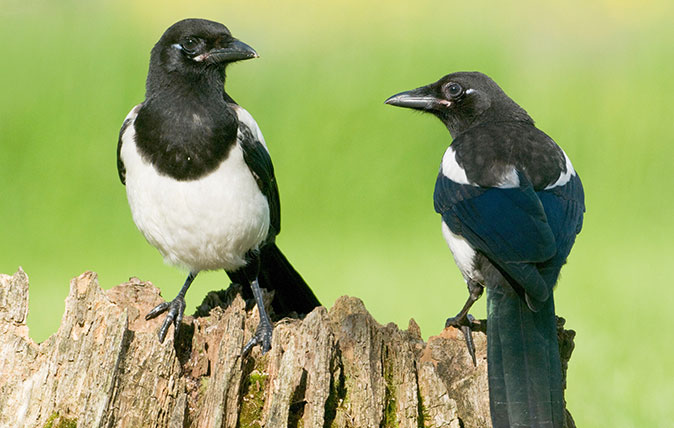The Uffington White Horse restoration has got it looking at its best, 3,000 years after it was first created
The Uffington White Horse, the oldest chalk figure in Britain, has just undergone a superb restoration.


A year-long restoration project to Britain’s oldest chalk figure, the Bronze Age Uffington White Horse in Oxfordshire, is now complete.
Aerial studies showed that some parts of the 3,000-year-old horse had narrowed by as much as half their original width over time, especially around the head and neck area, which left archaeologists from Oxford Archaeology and the National Trust with the slow task of removing encroaching topsoil and grass and redistributing some of the top layer of chalk.

At the same time, soil samples from the figure’s lowest levels were taken in the hopes of accurately dating it, something that has not been done since the 1990s when techniques were not so advanced.
Through Optically Stimulated Luminescence (OSL) dating, crystalline materials such as quartz or feldspar will be analysed to determine when they were last exposed to sunlight. The results can be expected later this year.

The Uffington White Horse is such an ‘intriguing figure as we don’t know for certain its original purpose,’ says Trust archaeologist Adrian Cox.
‘It could have been a way of marking territory or a tribal symbol. What we do know is, through the efforts of generations of local people, the horse has been cared for, allowing it to survive for thousands of years to become an iconic feature of the landscape.’

The Uffington White Horse, Oxfordshire
Thousands of years ago, ancient Britons created a vast and spectacular stylised portrayal of a horse in the hills of
Exquisite houses, the beauty of Nature, and how to get the most from your life, straight to your inbox.

Credit: Paul Roberts/Picfair
50 great things to do in Britain that won't cost you a penny
From moonlight to museums, birdsong to the Old Bailey, Kate Green and Giles Kime find 50 gloriously free things to

Walking the Uffington White Horse: 'A delicate carving in the chalk bounding gracefully across the hillside'
Fiona Reynolds takes a walk through Wiltshire and cannot help but feel the hand of history on the 6,000-year-old Ridgeway

Credit: Alamy
10 famous country superstitions – and is there any truth in them?
We take a look at the reasoning behind some country superstitions like 'Red sky at night, shepherd's delight' and other
Annunciata is director of contemporary art gallery TIN MAN ART and an award-winning journalist specialising in art, culture and property. Previously, she was Country Life’s News & Property Editor. Before that, she worked at The Sunday Times Travel Magazine, researched for a historical biographer and co-founded a literary, art and music festival in Oxfordshire. Lancashire-born, she lives in Hampshire with a husband, two daughters and a mischievous pug.
